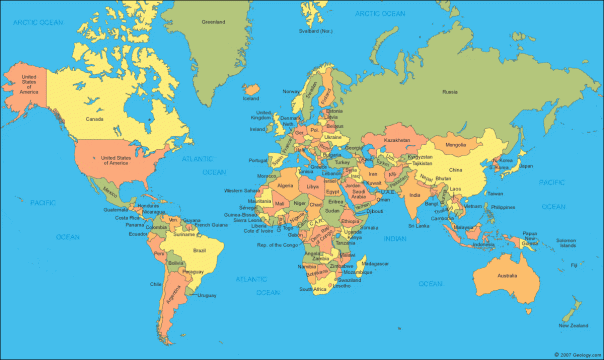September has emerged as one of my favourite months of the year. In addition to the overabundance of pumpkin flavoured beverages and treats at your friendly neighbourhood café, many are gearing up for another year in school. Whether you are a student, a teacher, or a professor, September marks the beginning of a new chapter in your educational journey.
The more I reflect on the phrase ‘back to school’, the more I realize that I never really left to begin with. I did not suddenly stop reading interesting articles and books, nor did I make a conscious effort to avoid the occasional heated debate with my friends on a sunny Sunday afternoon. I am still fun and approachable at BBQ parties though, I promise.
Summer break in the K-12 setting is often depicted as ‘freedom’ from learning and the perfect excuse to avoid the books. While I understand the need to relax and take it easy after a year of rigorous academic work, we can definitely benefit from not juxtaposing the fun nature of summer with the productivity demands of fall. Do some students dread going back to school because they have less time to play outside or because the classroom simply isn’t engaging enough? I would much rather students be excited about all the potential learning opportunities rather than their next vacation.
Now that the school year is well underway, I hope you are brimming with the same excitement as me. I can’t wait to be introduced to must-read books, build new connections with my classroom peers, grow as a researcher, and so much more! What are you looking forward to this academic year? Whatever that may be, strive to be a snowflake, unique and beautiful in your own way, rather than another brick in the wall.

![IMG_4719[2]](https://literacyteaching.net/wp-content/uploads/2017/05/img_47192.jpg?w=604)




